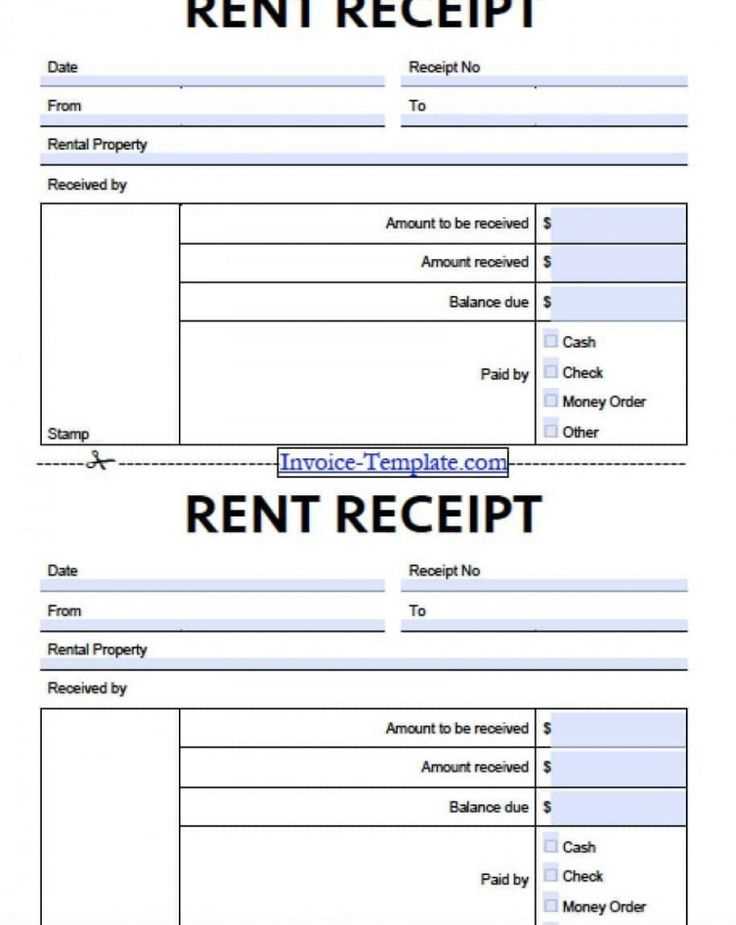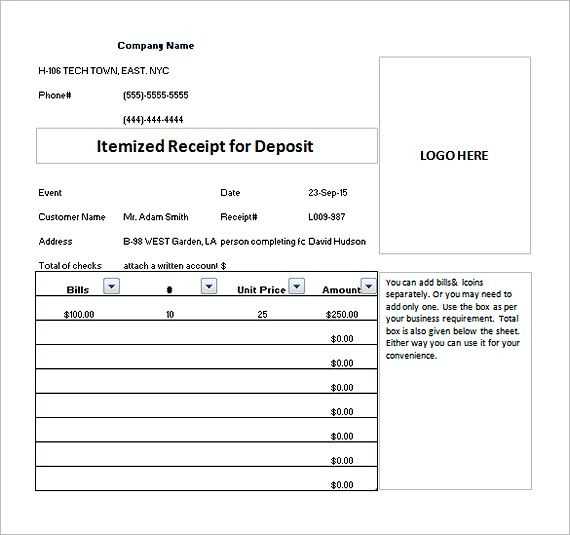
Key Elements of a Court Settlement Receipt
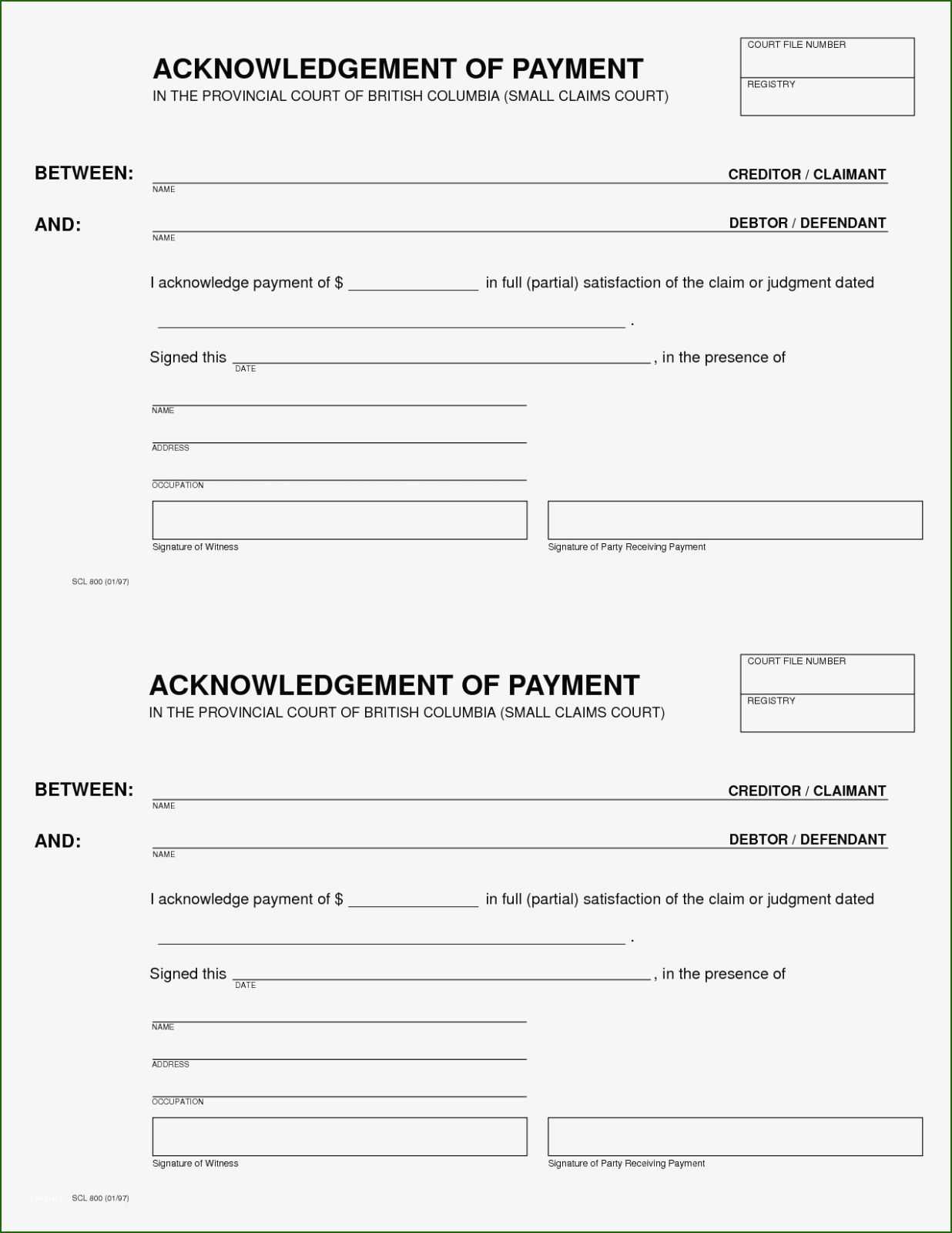
A well-structured court settlement payment receipt should include clear and precise details. Missing information can lead to disputes, so ensure the following elements are present:
- Payer and Payee Information: Full legal names and contact details of both parties.
- Payment Details: Amount paid, date of payment, and method (e.g., bank transfer, check).
- Settlement Agreement Reference: Case number or agreement details to link the receipt to the case.
- Signatures: Authorized signatures from both parties to confirm receipt.
Example Template
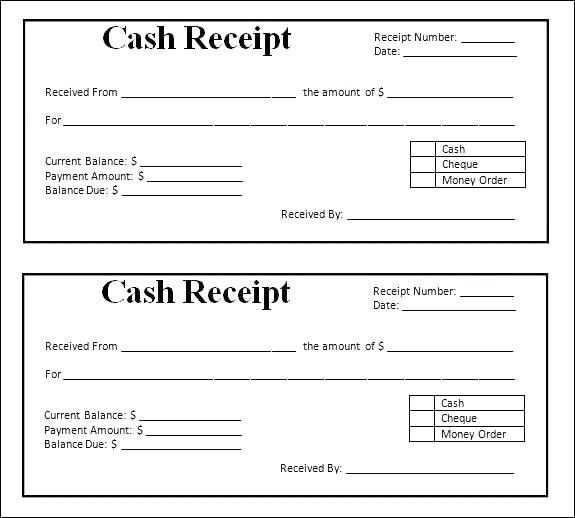
Use this structured format to create a clear and legally sound court settlement payment receipt:
Settlement Payment Receipt
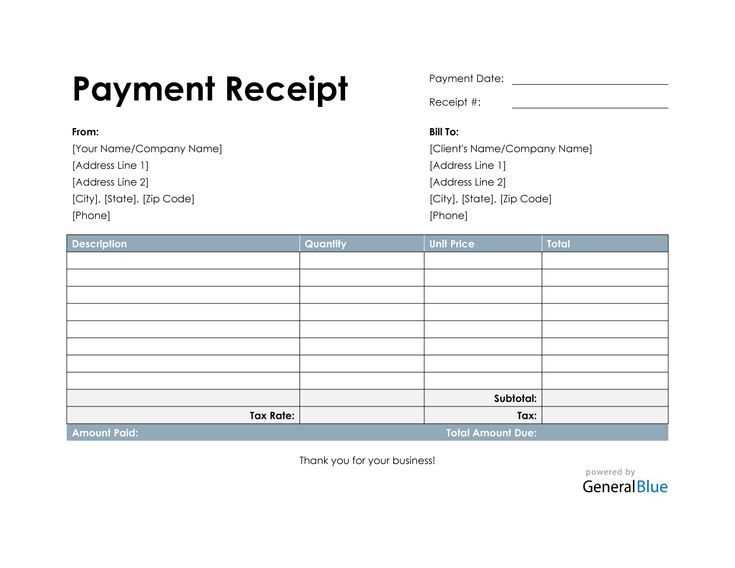
Date: [Insert Date]
Payer: [Full Name]
Payee: [Full Name]
Case Number: [Reference Number]
Amount Received: [Amount in USD]
Payment Method: [Cash, Check, Bank Transfer]
Description: Payment for court settlement as per the agreement dated [Insert Date].
Signature of Payee: _____________________
Signature of Payer: _____________________
Ensure both parties retain a signed copy for legal records.
Court Settlement Payment Receipt Template
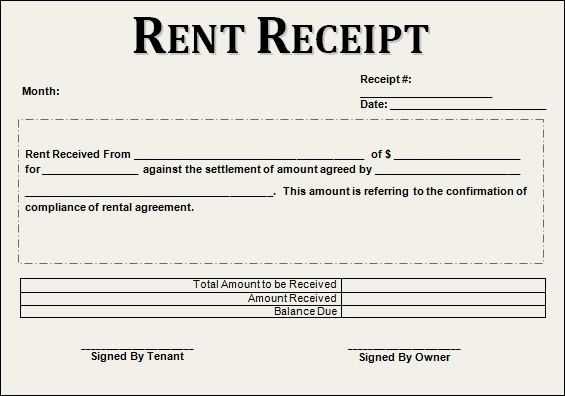
Key Elements to Include in a Settlement Confirmation
Ensure the receipt contains the payer’s and recipient’s full names, payment date, amount, case reference, and a statement confirming the settlement completion. Both parties should sign, and if applicable, a notary seal may be required.
How to Structure a Legal Acknowledgment of Payment
Begin with a title indicating the document’s purpose, followed by the settlement details. Use clear language stating that the payment has been received in full satisfaction of the claim. Conclude with a declaration of no further obligations.
Formatting Guidelines for a Clear and Valid Document
Use a structured format with sections for payer and payee details, payment specifics, and confirmation statements. Maintain consistency in font and spacing to ensure readability. Signatures should be placed at the end with date stamps.
Common Mistakes to Avoid in Settlement Records
Avoid vague wording, missing signatures, incorrect payment amounts, and absent case references. Failure to specify the finality of the settlement may lead to disputes. Always verify the document before issuance.
Legal Considerations When Issuing a Confirmation
Ensure compliance with jurisdictional requirements, including notarization if needed. The document should explicitly state that the payment satisfies the agreement and no further claims exist. Retain copies for legal protection.
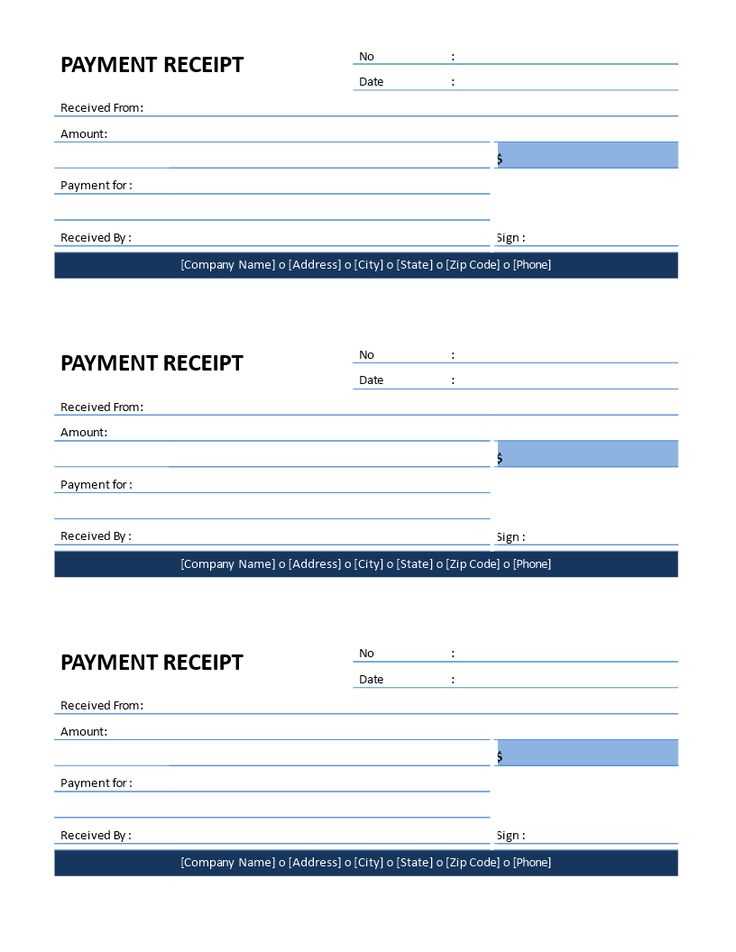
Printable and Digital Versions: Pros and Cons
Printable versions provide physical proof and are widely accepted in legal settings, but they require secure storage. Digital versions offer convenience and easy sharing but must include electronic signatures that comply with legal standards.

